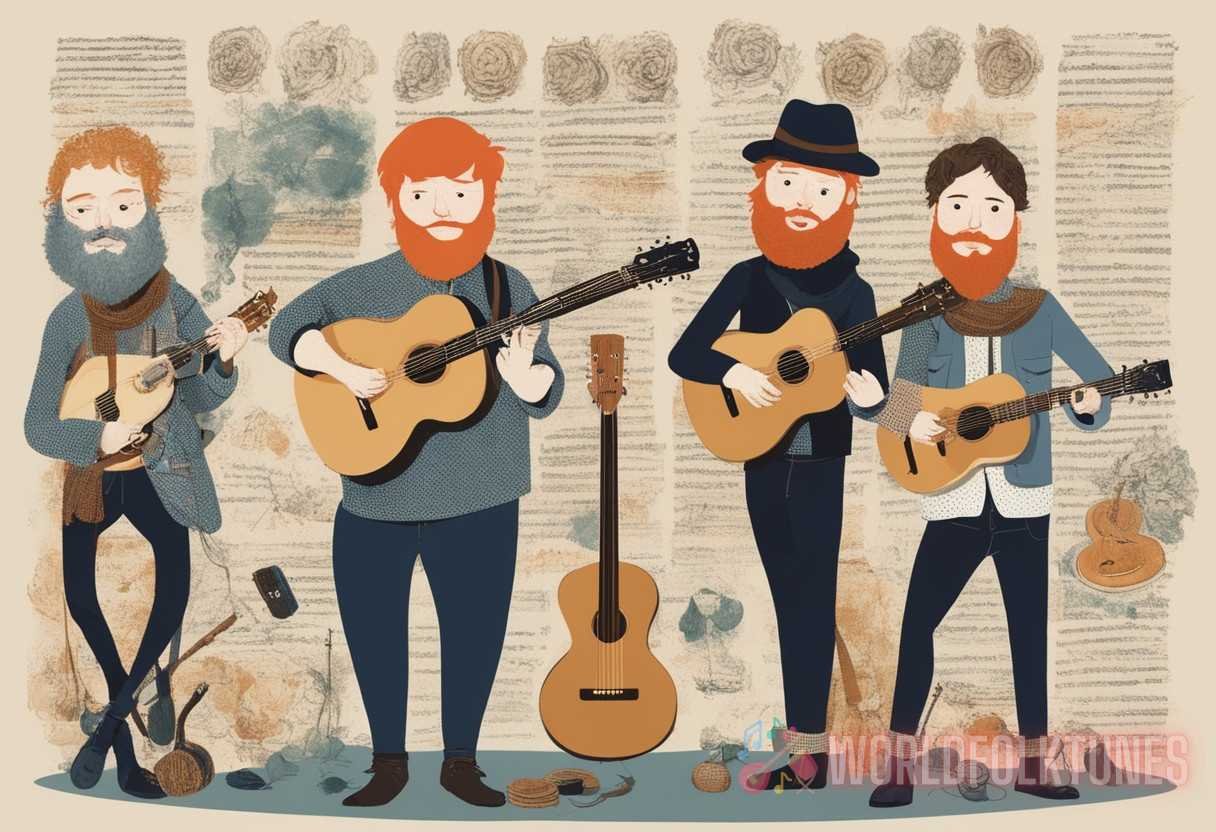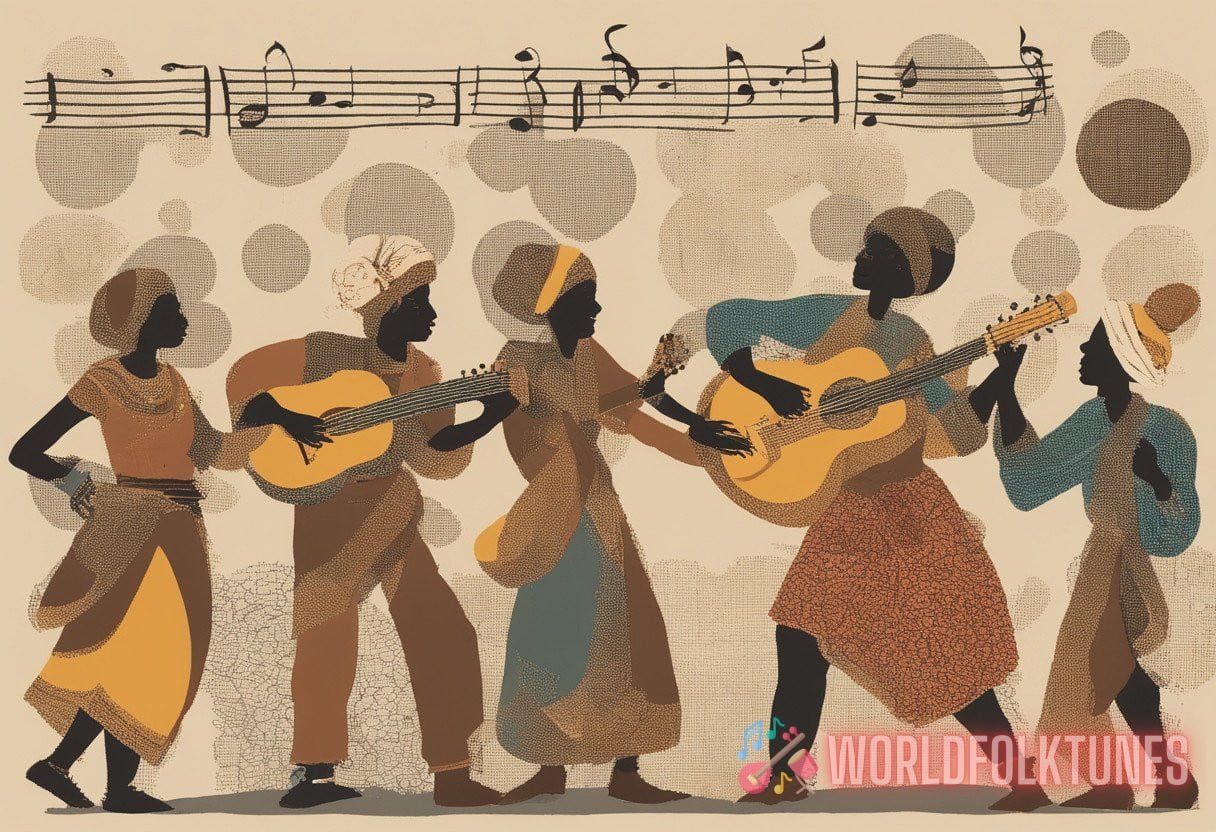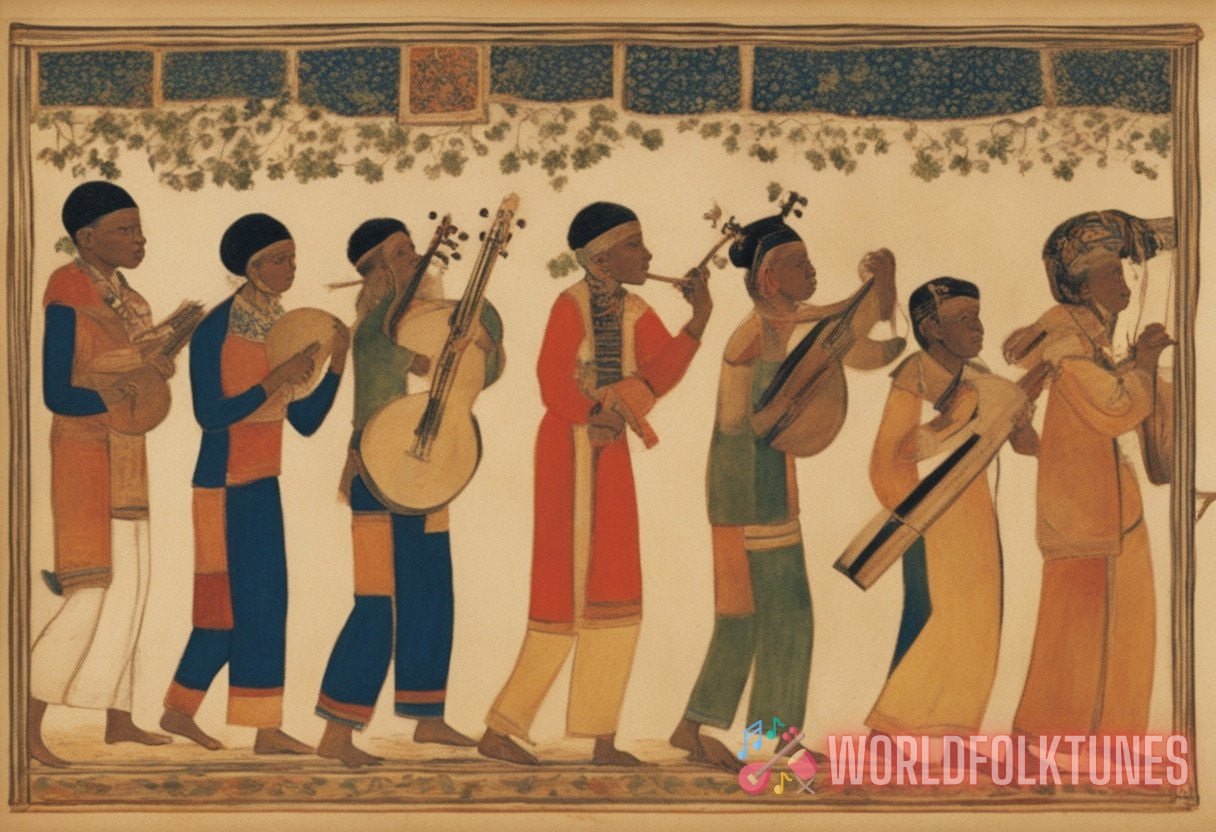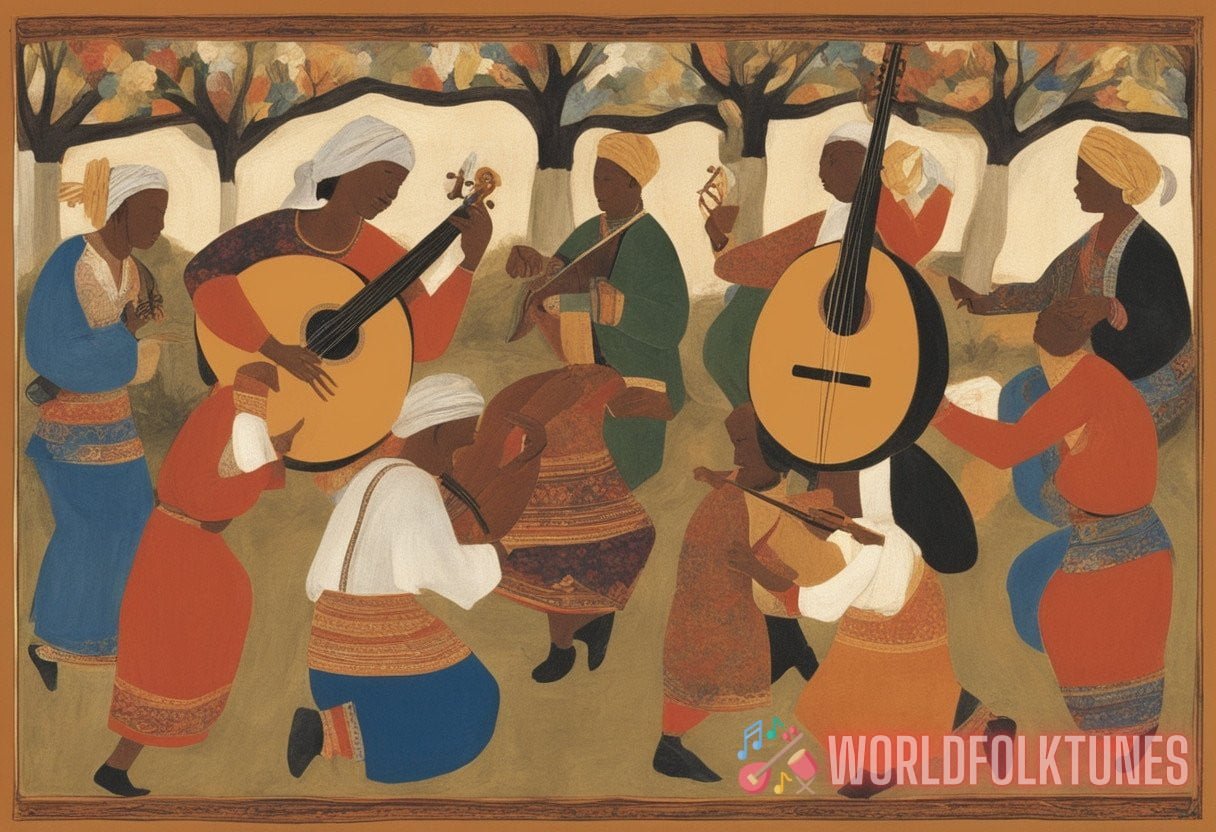Introduction
Folk music, with its profound roots and rich heritage, resonates across cultural landscapes, influencing modern narratives in unexpected ways. Drawing connections from diverse traditions, we explore the enduring impact of folk music, why it remains relevant, and how it shapes contemporary stories.
Historical Overview of Folk Music
Origins and Evolution
Folk music, often termed as the music of the people, traces its origins to ancient civilizations. Traditionally passed through generations orally, these melodies encapsulate the essence of community stories, historic events, and cultural values.
Global Perspectives
Cultural variations of folk music span continents, each with its unique flavor:
- North America: The roots of American folk music can be traced to early settlers, indigenous tribes, and African slaves, blending into a rich tapestry of sound.
- Europe: European folk music, from Celtic tunes to Eastern European dances, preserves a wide array of ancient traditions and regional distinctions.
- Asia: Asian folk music reflects the diversity of its numerous ethnic groups, characterized by instruments like sitar, shamisen, and guzheng.
- Africa: African folk music is a dynamic blend of rhythms, chants, and dances originating from tribal cultures.
Folk Music’s Influence on Modern Narratives
Transcending Borders
The echoes of folk music resonate beyond its origin, influencing global music scenes and modern narratives. The adaptability and emotional depth of folk tunes allow them to be integrated into various genres, including pop, rock, and hip-hop.
Embedded Cultural Commentary
Modern musicians often weave folk themes to comment on contemporary issues, fostering a bridge between past and present. This intertwining of tradition with current narratives creates a rich, multifaceted musical tapestry.
For further understanding, consider exploring
Folk music’s narrative strength lies in its lyrics, which often tell poignant stories of love, loss, celebration, and social justice. Musicians today draw inspiration from these timeless themes to create relatable and powerful songs. Many contemporary artists incorporate traditional folk instruments like banjos, fiddles, and accordions into their music. This fusion creates a unique sound that honors folk traditions while pushing creative boundaries. Pop music’s accessibility and widespread appeal make it a perfect platform for integrating folk elements. Artists like Ed Sheeran and Mumford & Sons brilliantly blend folk with modern pop, creating a fresh yet familiar sound. Indie and rock musicians often embrace the raw, authentic feel of folk music. Bands like Fleet Foxes and The Decemberists are prime examples of this genre fusion, marrying intricate storytelling with folk-inspired melodies. For deeper insights, you can explore
Modern adaptations of folk music play a crucial role in preserving lost or endangered cultural traditions. By reinterpreting age-old songs, today’s musicians ensure these cultural legacies continue to inspire and educate future generations. Folk music’s educational value cannot be overstated. Schools and universities incorporate folk studies into their curricula, recognizing its importance in understanding societal evolution and cultural diversity. The digital age has democratized access to folk music from around the world. Streaming services, YouTube channels, and social media platforms like Instagram and TikTok allow folk artists to reach global audiences, helping traditions evolve and thrive in new contexts. Virtual collaborations across borders have become increasingly common, blending folk traditions from various cultures. This cross-pollination enriches the genre and fosters a deeper appreciation for cultural diversity. The future of folk-inspired music lies in the creation of hybrid genres that seamlessly fuse traditional elements with contemporary sounds. This melding of past and present promises to produce innovative musical landscapes. There is a growing trend towards authenticity and organic sounds in the music industry. Folk music’s inherent genuineness provides a counterpoint to digitally produced tracks, offering a soulful alternative that resonates with many listeners. Folk music’s cross-cultural impact on modern narratives continues to be profound and far-reaching. Its adaptability, narrative richness, and emotional depth make it a timeless source of inspiration for contemporary musicians. As we look to the future, it is clear that the echoes of tradition will remain a vital thread in the fabric of modern music, continuously weaving old melodies into new stories. For more in-depth discussions on the cultural and social aspects of folk music, visit the Cultural Context section on World Folk Tunes.Elements of Folk Music Prominent in Modern Narratives
Lyrics and Storytelling
Instrumentation and Arrangements
Impact on Different Musical Genres
Pop Music

Rock and Indie Music
Cultural Preservation through Modern Adaptations
Reviving Lost Traditions
Educational Influence
The Digital Age and Folk Music
Online Platforms and Accessibility
Global Collaborations
Future Trends in Folk-Inspired Music
Hybrid Genres
Renewed Interest in Authenticity
Conclusion



